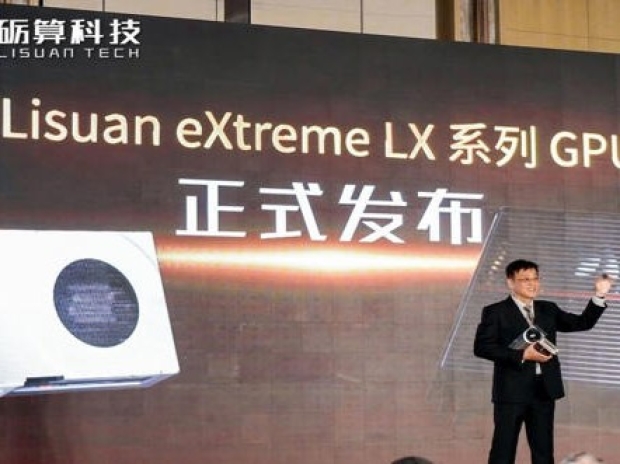Lisuan Tech has announced its first stab at a graphics card with the 7G105 SKU with 24GB of VRAM, a spec more suited for heavy-duty pro graphics than gaming.
At its core is the 7G106 GPU, built using TSMC’s 6nm process and based on Lisuan’s homebrew TrueGPU architecture. While it lacks modern niceties like ray tracing and DirectX 12 Ultimate, it does support DirectX 12, Vulkan 1.3, and OpenGL 4.6.
This SIMD-driven chip pushes out 24 teraflops of FP32 performance and supports INT8, placing it toe-to-toe with mid-range cards from Nvidia and AMD. But Lisuan has bigger fish to fry than just frame rates.
It features a video engine that decodes 8K AV1 and HEVC at 60fps and encodes in both formats at 4K and 8K, depending on the codec. It spits out video over four DisplayPort 1.4 connections with Display Stream Compression and skips HDMI, probably to dodge royalty payments.
But where it starts sounding like a proper workstation part is its support for SR-IOV, allowing it to split into up to 16 virtual containers. That’s a neat trick for hyperscalers and enterprises who like to run a GPU like a shared keg.
Lisuan is clearly throwing darts at the pro and enterprise crowd, but it hasn’t revealed basic stuff like clock speeds, memory bandwidth, or even power consumption. One render shows an 8-pin power connector, another goes with 16-pin, which suggests either confusion or a mixed spec sheet.
While some early synthetic numbers on 3DMark Fire Strike and Geekbench OpenCL are encouraging, real-world performance remains anyone’s guess without drivers or firm specs.
They’ll need more than teraflops and dreams to break through. Past Chinese efforts like Zhaoxin, Jingjia Micro’s JM9, and Innosilicon’s Fantasy fizzled out once the marketing hype met market indifference.




